Soil Guide for Gardeners
Introduction
Knowing your soil type is crucial for choosing the right plants for your garden and determining which plants will thrive there. Your plants get the essential nutrients, water, and oxygen they need for a healthy growth and development cycle from the soil. However, each piece of soil has a unique combination of minerals, organic matter, and inorganic stuff. This combination largely dictates what plants, such as trees or bushes, can effectively cultivate there.
In confined plots like raised beds or planters, ideal soil conditions for particular crops can be developed. Still, it helps to understand the soil properties you have to work with for more extensive gardens and landscapes. The majority of soils could use some improvement. Organic materials, such as manure or compost from your garden, can be added to the soil to improve it.
To determine the soil type, you should try rubbing it between your palms after adding water. Examine the appearance and texture of your soil to decide whether or not it is slimy, sticky, grippy, or brittle. You must evaluate your soil’s pH and know its type with tests if you want to know whether the soil in your garden is acidic, alkaline, or neutral.
How Do I Know What Soil to Use?
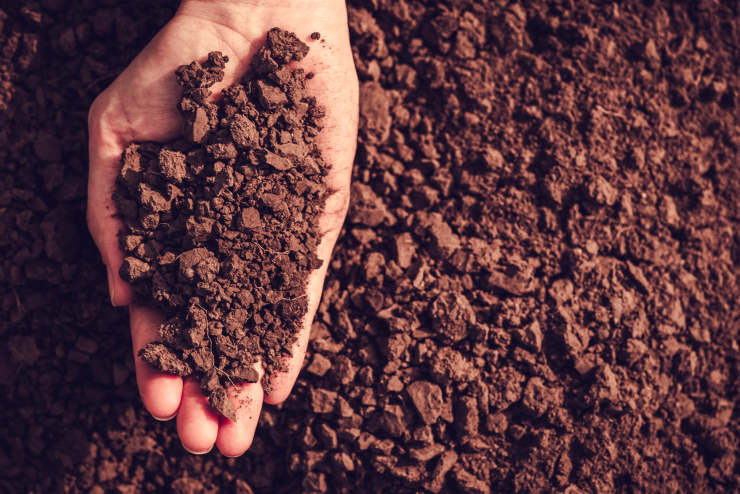
Silt, clay, and sand are the three fundamental forms of soil. The most fabulous soil for the majority of plants to thrive in is rich, sandy loam. This soil contains an equal amount of each of the three main types of soil. To enrich the soil, you’ll often need to add compost. We suggest you add peat moss and sand, depending on how compacted the soil is. However, many plants can grow in a variety of soil types because they are well adapted to them.
Most of a soil’s general description is made up of its sand, clay, and silt components. The word for it is texture in the soil guide for gardeners. The soil’s ability to drain effectively and the quality of its nutrients are directly related. Loam soil has ideal humus, silt, sand, and clay ratio. The following elements make this soil type highly coveted and beneficial for plant growth: higher pH level, calcium level, and gritty texture.
Plants need calcium for optimal growth. Calcium keeps the soil’s chemical composition in check. It also makes the soil more capable of retaining water, ensuring that water reaches plant roots. Additionally, it aids in loosening the soil so that roots can get oxygen. Calcium reduces the quantity of salt in the soil. Too much salt limits a plant’s ability to grow and absorb nutrients and damages the root systems.

The soil has excellent drainage qualities since it is dry, crumbles readily, and feels soft but grainy to the touch. The soil texture also retains water and plant nutrients. The plants consequently get regular nutrients and hydration. Since the ground is loose, the air can easily reach the roots.
You can tell a soil’s texture by how it feels. Does it have a floury, oily, or grainy feeling? Sandy soils have grit. Silty soils have a greasy feel when wet and a floury feel when they are dry. Clay always has a greasy feeling. Add just enough water to a small handful of soil to enable you to form a ball.
If it is sand, it will crumble when you touch it in your palm, and you will feel the particles brush on your palm. A ball of silt will form, but if you attempt to roll it into a ribbon, it will break. When spread out, clay soil will form a long ribbon.
In the end, choosing the soil highly depends on which type of plant you will grow and the plant’s needs. If you arrange your soil according to your plant, we suggest you research before preparing your soil. Otherwise, we recommend researching your soil’s specifications before deciding what to plant.
What Are the Signs of Unhealthy Soil?
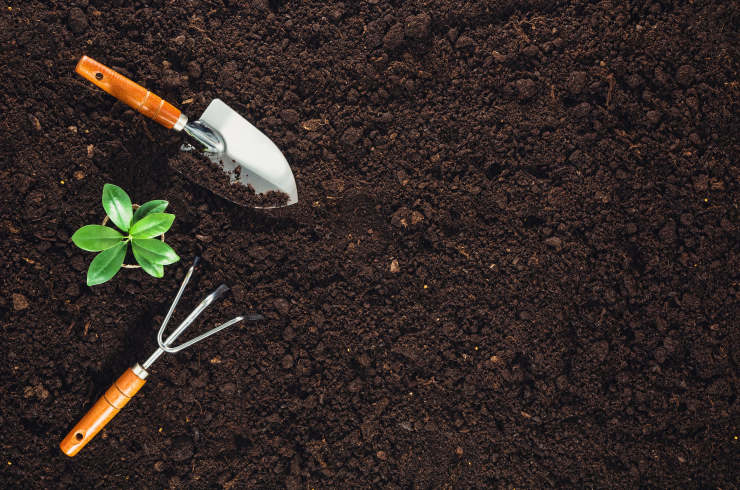
When you need to determine if your soil is unhealthy or not, there are three aspects to consider in the soil guide for gardeners: lack of moisture, poor growth, or compacted soil. Unhealthy soil is dry, crumbly, and broken because it lacks the nutrients and moisture it needs to thrive. The dirt may be challenging to break up or disintegrate quickly in your hands when you pick it up. In these situations, proper irrigation and watering will help the soil’s condition.
There are many reasons why soil can lose its moisture and nutrients. For instance, excessive rainfall or soil erosion can make a property dry and dusty, which makes it difficult for grass, trees, or plants to survive. Low rainfall or irregular irrigation can also cause the soil to crack or dry. Regular watering and drainage, which ensure that rainwater drains away from the property properly and doesn’t damage the soil, can help gently rebuild dry and cracked soil.
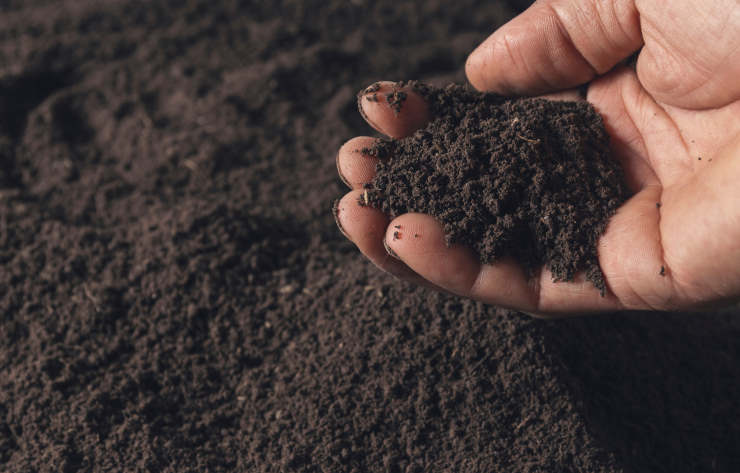
The soil mixture is the first step in growing grass, plants, and flowers. If the flora on your property isn’t developing as you’d anticipate, the problem may be with the soil. Wilted plants and flowers are among the warning signals to watch out for, especially if they have had enough water and sunlight. Inspect any bushes, trees, or plants for improper growth as well.
Dead grass patches, wilting flowers and plants, and trees with little to no new leaf growth or leaf dieback can all be symptoms of unhealthy soil. Acidity issues in the soil or contamination from chemicals or other harmful substances seeping into the soil are examples of soil problems. A soil analysis may be required to establish the best course of action for properties suffering from low development and unhealthy soil. Relying on the existing soil with healthy, organic soil may be necessary.
Your soil may be a problem if planting a new bush or tree is difficult. Digging into heavily compacted dirt is challenging and may indicate lousy soil. The roots you plant will have difficulty getting the air and water required if you have trouble getting a shovel through the soil. In these circumstances, soil aeration may result in more successful development.
Which Soil Is Most Difficult to Work With?
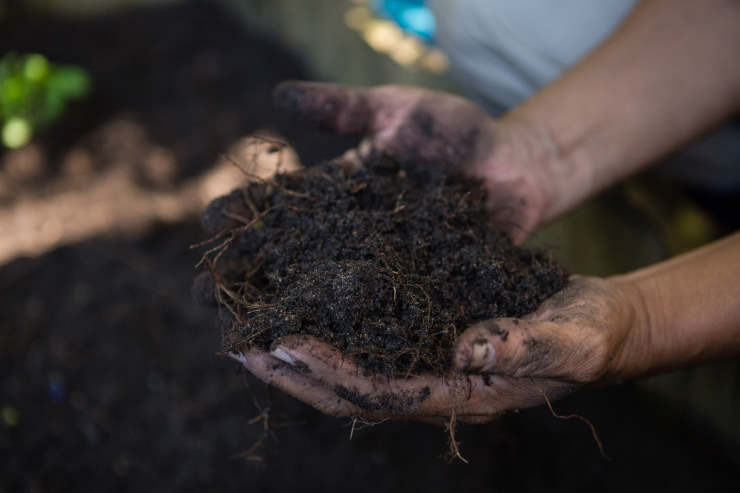
The heaviest soil kinds are clay soils, frequently regarded as the most difficult to work with. Clay is one of the most difficult soil types to manage in the soil guide for gardeners. Still, you can raise your soil’s overall quality with the correct management methods. They frequently take longer to warm up in the spring because they retain water.
Clay soils can pose a significant danger for soil compaction and crack. In the end, this prevents plant roots from penetrating dense clay layers in addition to just looking bad. But clay soils are nutrient-rich, unlike sandy soils. Nutrients store significantly longer in clay soils and are less likely to leach away.
The benefits of clay soil are it retains nutrients so the plants can get the food they require, and it’s excellent for growing plants that require a lot of water. But the problems with clay soils are it’s sluggish to drain, hold onto water, warm slowly in the spring, condense easily, and usually have an alkaline pH.
Aerating your soil each fall will lessen soil compaction, which is good for the lawn. Using items high in soil microorganisms, you can improve the breakdown of nutrients in your soil and encourage the development of roots that can more readily penetrate dense clay layers.
Regarding your garden beds or crops, boost the organic matter in your soils by adding compost and products rich in soil bacteria. Additionally, avoid compaction by not working in moist soil. Finally, think about utilizing a cover crop in the cool seasons.
What PH Is Best for Growing Plants?
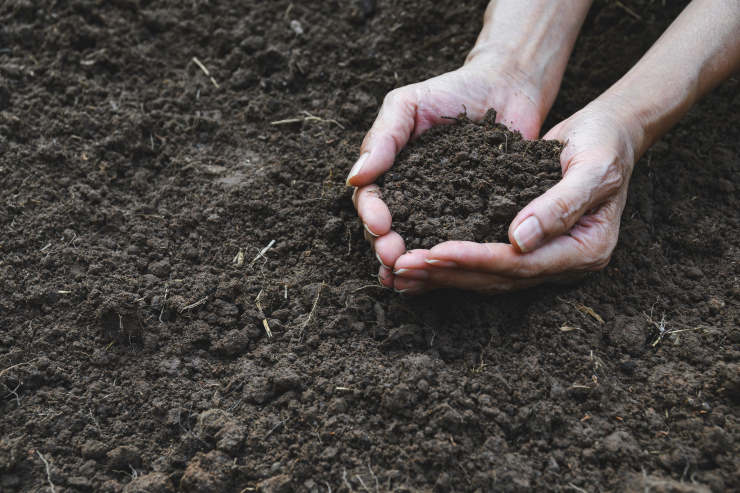
Numerous factors, including soil pH, can influence plant growth. Most plants thrive best in a pH range of six to seven. The pH range of 5.5 to 7.0 is optimal for bacteria that transform and release nitrogen from organic debris and certain fertilizers.
At pH levels below 5.5, plant nutrients drain from the soil significantly more quickly than at pH values between 5.5 and 7.0. At pH values below 5.0, aluminum can dissolve in some mineral soils and become harmful to plant growth. The availability of plant nutrients may also be impacted by soil pH.
The structure of the soil can also be impacted by pH, particularly in clayey soils. Clay soils are granular and straightforward to work within their ideal range. However, soils tend to become sticky and challenging to grow if the soil is either excessively acidic or alkaline clay.
The pH level influences how well a plant can develop. This range of acidity enables the growth of other soil creatures like earthworms and beneficial plant nutrients. Using a pH soil test, you may determine whether your soil’s pH level is optimal or whether it needs to be addressed. Even though the ideal range is 5.5 to 7.0, some plants can thrive in more acidic or alkaline soil.
Although pH does not reflect fertility, it influences the fertilizer’s available nutrients. Poor pH levels can negatively impact plant health even if the soil has enough nutrients. However, builder’s sand, which lacks nutrients, might have the ideal pH for plant growth.
What Are the Qualities of Healthy Soil?
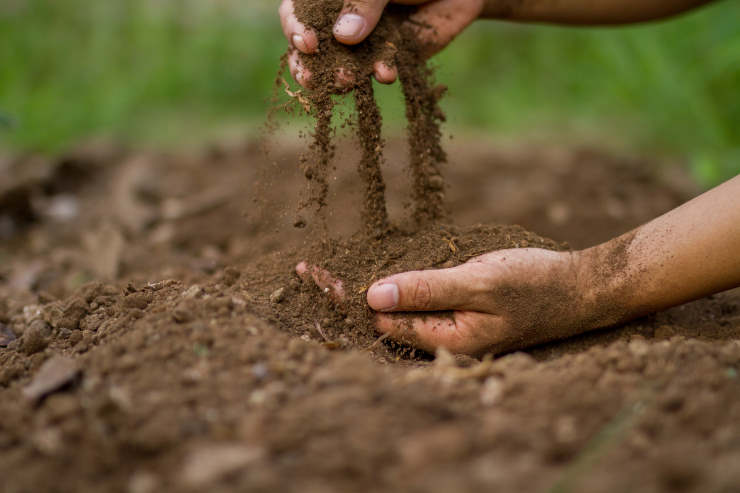
The foundation of effective farming techniques is healthy soil. Plants require essential nutrients, which fertile soil offers. Roots can spread out and investigate soil-like structures and aggregation thanks to vital physical properties that promote biota growth. Biological communities that are active and diverse help soil withstand physical deterioration and cycle nutrients at fast enough rates to meet plant needs.
Soil health refers to soils that are both fertile and have the necessary physical and biological qualities to support productivity, preserve environmental quality, and advance plant and animal health. How effectively soil satisfies our needs is a measure of its quality.
We want the soil to trap carbon from the atmosphere, control pests and weeds that would attack our plants, hold water and nutrients like a sponge so plant roots can easily absorb them, and clean the water that flows through it into rivers, lakes, and aquifers to develop our crops. Here are the typical specifications of healthy soil in the soil guide for gardeners:
- It has a surface that is suitably porous and has a lot of pores that are connected to the subsurface to allow rain or irrigation water to enter quickly.
- It supports proper nutrients since too many can make the crop attractive to insect pests or increase the risk of surface or subsurface water contamination. It contains low levels of hazardous chemicals, such as soluble aluminum, and only low to moderate quantities of salt.
- It has a good tilth that makes it simple for plant roots to sift through substantial amounts of dirt.
- It has high concentrations of relatively fresh leftovers that supply food for benefits.
- It contains a lot of decomposed organic matter, which aids in keeping water and easily leachable nutrients in the soil.
- It accommodates active and diversified populations of beneficial creatures, with benefits helping to reduce plant pest populations.
Conclusion
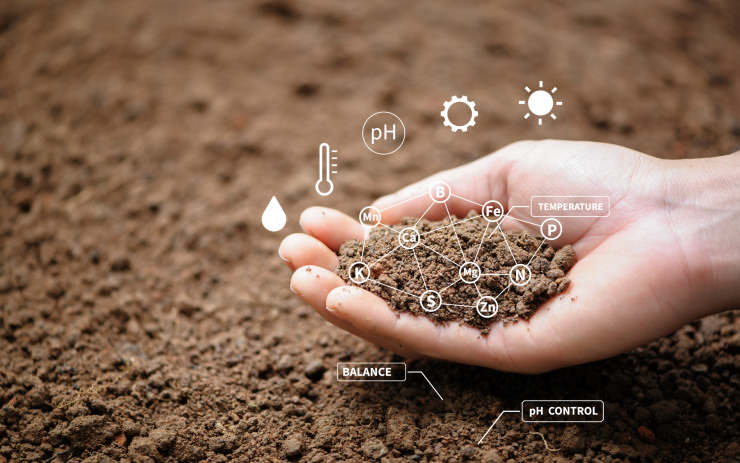
After determining the soil type, growing your plants will become much more manageable. In this soil guide for gardeners, we have tried briefly explaining the main issues to assist beginners. Remember that your product’s quality can be as high as your soil. All the necessary nutrients your plant gets comes from the soil. If you need further assistance deciding your soil’s pH level, we strongly suggest you use a home test with a sample from your soil to know how to take care of your plants and soil.
You may also be interested in:
Watering Guide for Shrubs and Trees
